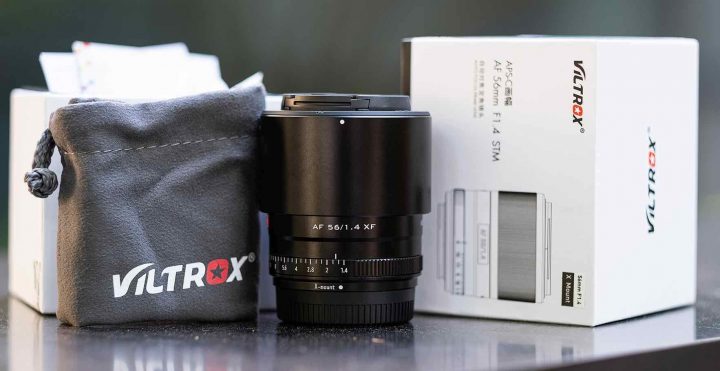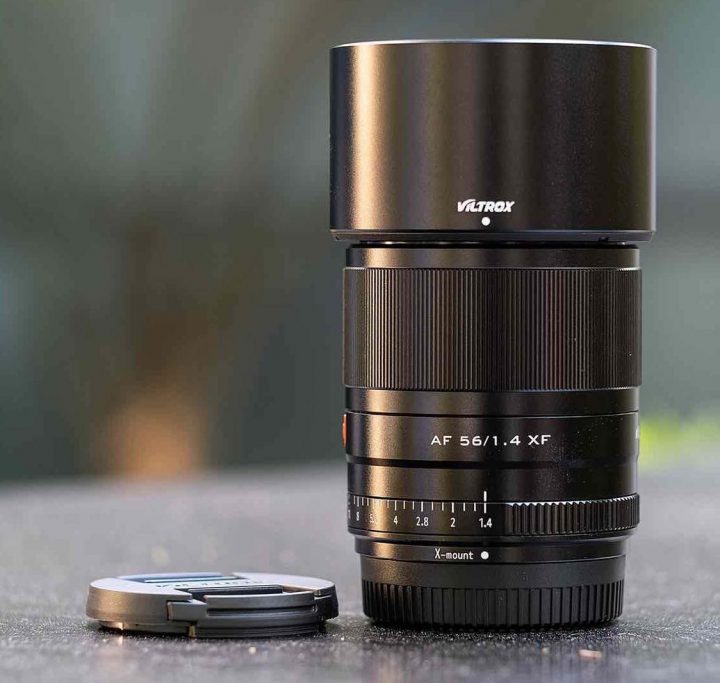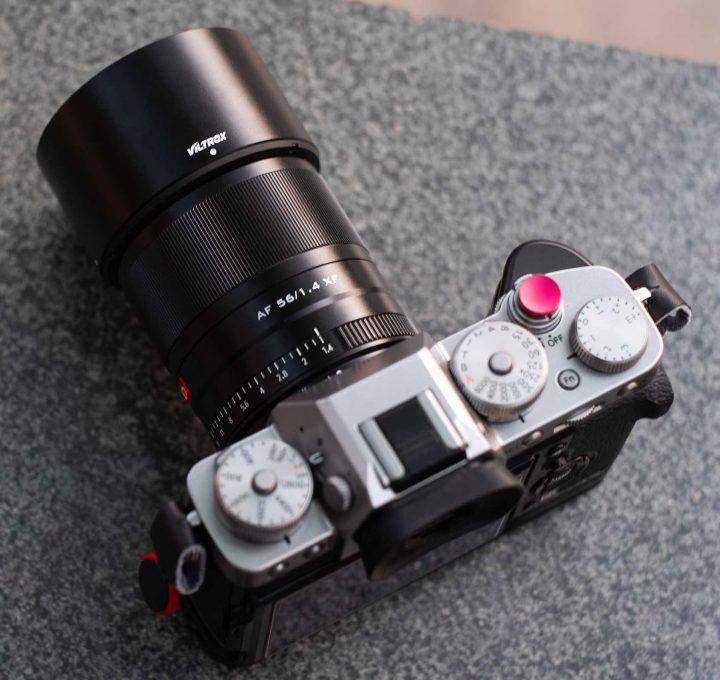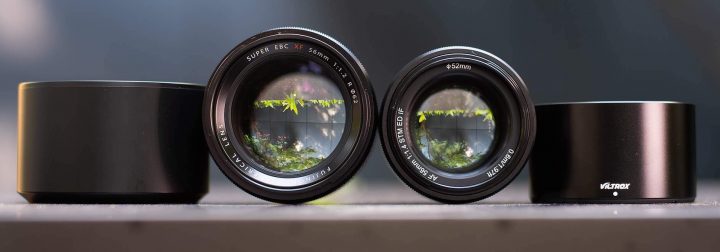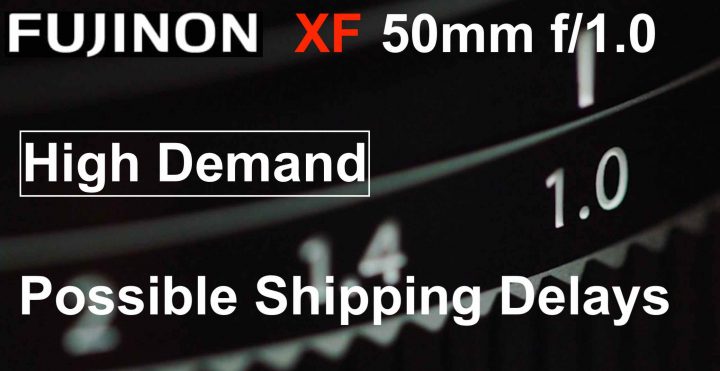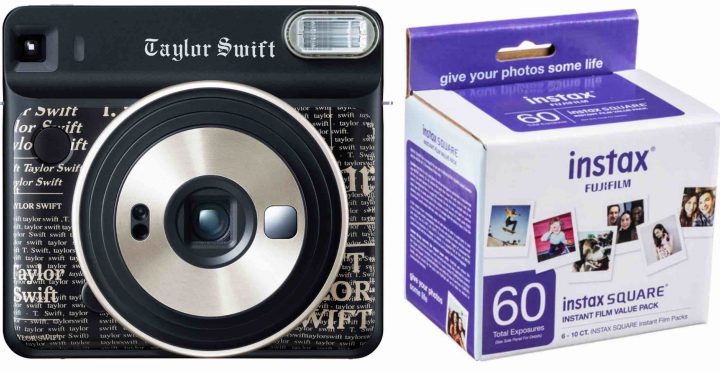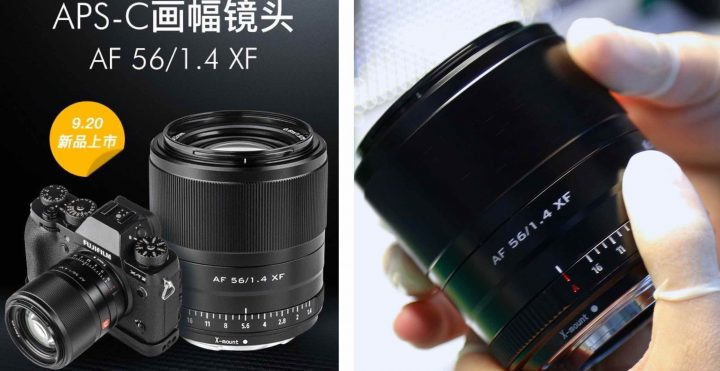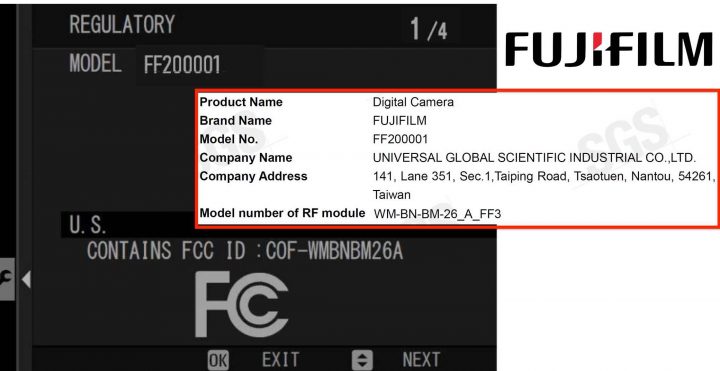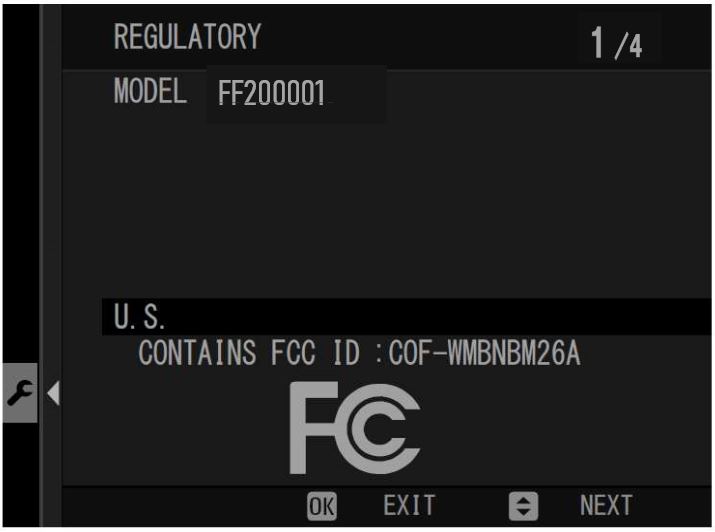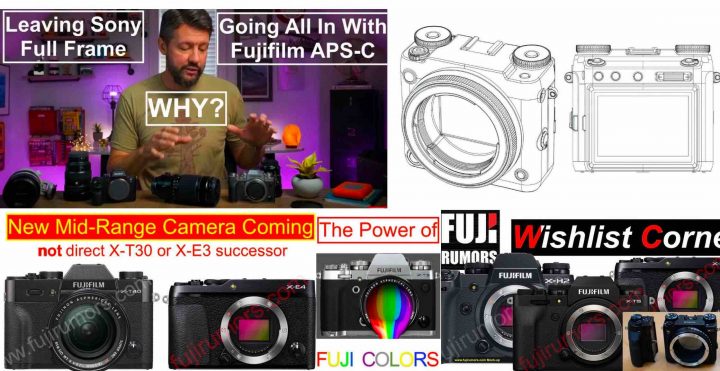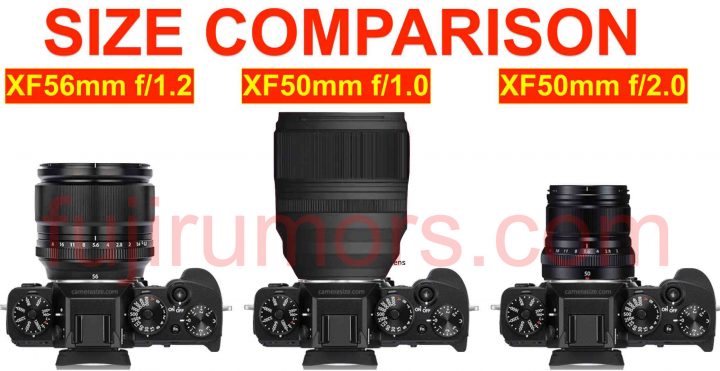Viltrox 56mmF1.4 vs Fujinon XF 56mmF1.2 First Image Quality Comparison
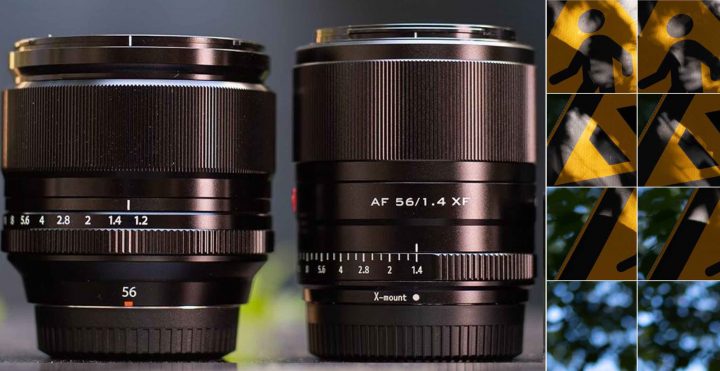
The Viltrox 56mm f/1.4 is available for pre-order now, and one of the big questions is: how does it compare to the good old Fujinon XF56mmf/1.2?
Well, down below you can see the first size and image quality comparison that surfaced on the web and a FR-reader sent me.
Please note: Fujifilm (富士) is on the left and Viltrox (唯卓仕) on the right.
Also, the image slide down below consists of resized .jpeg files, so you can give a quick and easy glance at the comparison.
If you want the bigger files, you can download the .png files at my dropbox.
- Viltrox 56mm f/1.4 AF: BHphoto
- Fujinon XF 56mm f/1.2: BHphoto, AmazonUS, Adorama, Focuscamera
Join FujiRumors on Patreon, Facebook, Instagram, RSS-feed, Youtube, Flipboard and Twitter
- Join our User Groups: Fujifilm X-T, GFX, X-H, X-Pro, X-E and X100 line
- Top Facebook Pages: Fujifilm X-T, Fujifilm X-H and Fujifilm GFX

